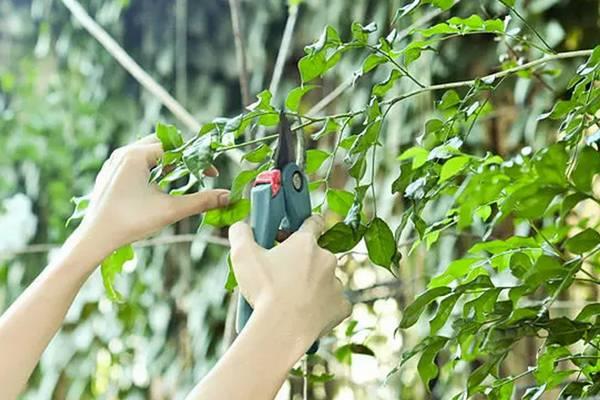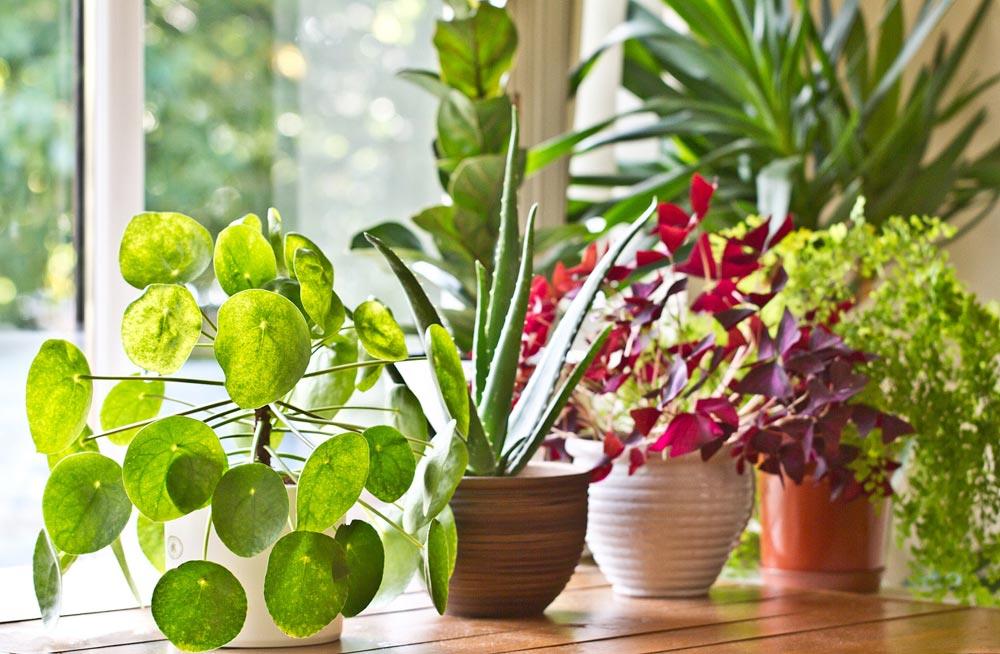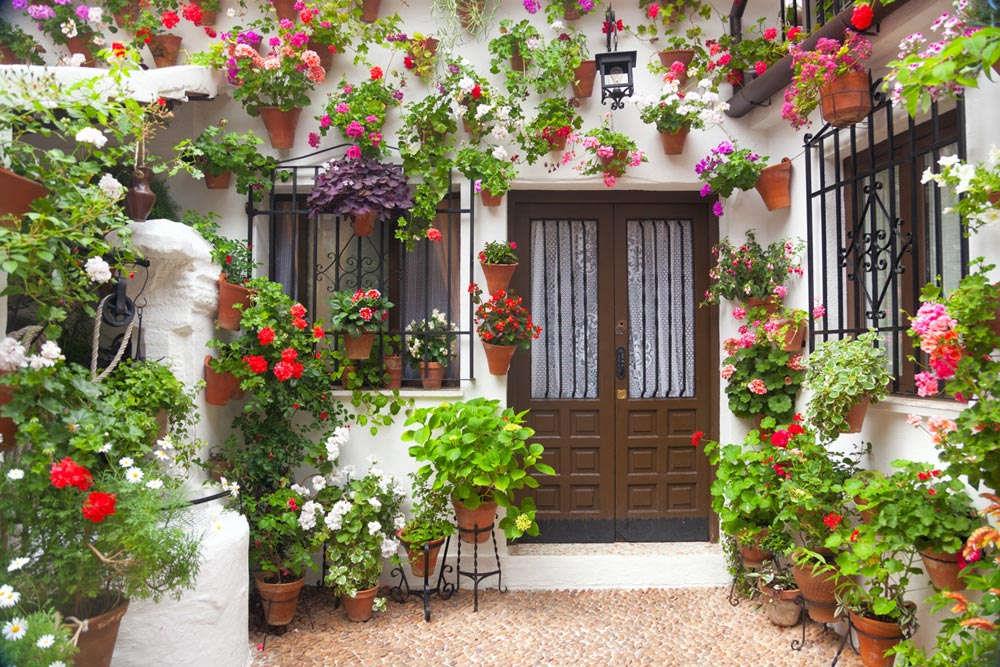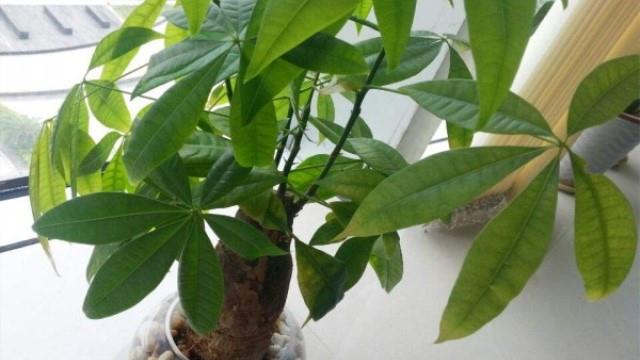Ten misunderstandings and countermeasures about seedling pruning
Last Update :2024.11.19
Article Catalog
There are many highly technical processes in the cultivation and maintenance of seedlings, among which the pruning process is a key task. Improper pruning will easily lead to the adverse consequences of weak growth of seedlings, unsightly tree shape, few flowers and poor ornamental effect. . The editor introduces some common misunderstandings and countermeasures about seedling pruning as follows, hoping to help you get rid of pruning misunderstandings.

Misunderstanding 1: Emphasis on tree shape and neglect of growth
The first thing to prune is to ensure that it can grow normally, and secondly to make it have a more beautiful tree shape, which is conducive to viewing. This is the basic principle of pruning seedlings. in principle. However, in their daily work, many people put the cart before the horse, put "beauty" first, and take measures such as cutting off large branches to adjust the tree shape, which affects the normal growth of seedlings. Therefore, before pruning, you must first carefully design a pruning plan, and make pruning without affecting the normal growth of seedlings the first priority.
Misunderstanding 2: Heavy thinning of branches and short cuttings, and light sparse flower buds
In order to reduce the amount of blooming, some people often make the flowers larger and have a longer flowering period. Shrubs should be thinned or short-cut. In fact, during the pruning process, especially in winter or early spring, on the premise of ensuring the normal growth of seedlings and beautiful tree shape, the thinning or short cutting of branches can be appropriately reduced, and the overly dense flower buds can be thinned out. The buds can also effectively concentrate nutrients, allowing the retained flower buds to bloom large and have a long flowering period.

Misunderstanding 3: Emphasis on dormancy period and neglect of growth period
At work, many people pay more attention to pruning during the dormant period of seedlings, but neglect pruning during the growth period such as picking off shoots and removing tillers. As everyone knows, pruning during the growth period of seedlings is also very important. Proper pruning can not only make the seedlings grow vigorously and form a beautiful crown, but also effectively reduce the workload of pruning during the dormant period. For example, topping peach trees from mid-May to mid-June can effectively control the upward movement of flowers, improve the fullness of flower buds, and topping small trees can take shape early. In mid-to-late July, thinning out overly dense branches can effectively improve the ventilation and light transmission conditions of the canopy and promote the transfer of nutrients to flower bud differentiation. In addition, topping some flowering shrubs in mid-to-late August can also effectively control the growth of new shoots, promote the fullness of branches, and improve the overwintering ability of branches.
Misunderstanding 4: Before heavy flowering, after light flowering
At work, people often pay attention to the pre-flowering pruning of flowering seedlings, because pre-flowering pruning can ensure the quality of flowering. Post-flowering pruning is often neglected, thus affecting the growth of such seedlings, flower bud differentiation and flowering quality in the following year. Pruning after flowering is also a very important task and must be done thoroughly. For example, for flowering shrubs such as peach, elm, and peony, the remaining flowers should be cut off in time after blooming. If the remaining flowers are not cut off in time, the plants will bear fruit, which will consume a lot of nutrients and affect the differentiation of flower buds, resulting in few or small flowers in the next year. . In addition, flowering shrubs that bloom multiple times, such as crape myrtle and rose, should be pruned promptly after each flowering. This can encourage new branches and bloom new flowers.

Misunderstanding 5: Emphasis on truncation and emphasis on updates
For some flowering shrubs, when pruning, emphasis is placed on short-cut branches, while the renewal of branches is ignored. For example, when pruning Begonia truncatula, we misunderstood the habit of "old branches blooming" of Begonia truncatula, and only focused on shortening some branches, while ignoring the renewal of some old flowering branches. In fact, the most luxuriant blooming of Begonia truncatula is on the branches that are 3 to 5 years old. The flowering ability of the old branches that are more than 5 years old gradually weakens. Therefore, old flowering branches should be renewed in time to keep the entire plant in a state of luxuriant flowering.
Misunderstanding 6: Focusing on the trunk and neglecting the main branches
At work, we often see that the trunks of some street trees are straight, but the main branches are unevenly distributed, and they all grow on the same track. , got "stuck neck disease". This situation is caused by neglecting the selection of main branches. This not only affects the opening of the canopy, but also makes the large branches and trunks very prone to splitting in strong convective weather and after heavy snowfall. The correct method is to select relatively strong new branches in different directions for main branch cultivation when selecting main branches. The selected branches must be evenly distributed and staggered up and down, so that the crown can be more open and resistant to tree growth. The wind and snow ability is stronger.

Misunderstanding 7: Emphasis on crown ventilation and neglect of seedling longevity
h2>
When pruning seedlings such as plum blossoms, peach trees, and French paulownia trees, many people like to prune them into a cup shape. They also claim that the cup-shaped crown is more ventilated and less likely to cause pests and diseases. As everyone knows, although the cup-shaped crown has good ventilation, it violates the growth habits of the seedlings and shortens the life of the seedlings due to excessive thinning of branches. The correct method is to adopt a happy shape for flowering shrubs such as plum blossoms and peach trees, so that the entire crown of the tree is oblate, which not only allows the plants to be ventilated and light-transmissive, but also facilitates the growth of seedlings. For French tung trees, if there are no wires on the top and no pipes on the bottom, a natural round crown shape should be adopted, which not only provides a large shade area, but also facilitates plant growth.
Misunderstanding 8: Emphasis on pruning results and neglect the pruning order
The most important thing to avoid when pruning is lack of order. When pruning ornamental flowers and trees, you must first observe and analyze the vigor of the seedlings. Is it balanced? If not, the cause should be analyzed first. If there are many branches, especially large branches that cause strong growth, the branches should be thinned out. Before thinning branches, you must first decide the number of large branches to be retained and their position on the backbone branches. Cut off the useless large branches first. After the large branches are trimmed, you can then prune the small branches. It is better to start from the upper part of each main branch or each side branch. starting and proceeding downward. For an ordinary seedling, the upper part should be cut first, then the lower part; the inner branches should be cut first, and then the outer branches. When several people are pruning a seedling together, they should first study the pruning plan before starting to do it.
Misunderstanding 9: Underestimating post-pruning treatment
Wounds are often left during the pruning process of garden trees. Sometimes larger wounds are caused by retraction of large branches, or due to the opening angle. Splitting occurs in large quantities. If it is not protected and treated in time, it will cause the branches to dry up, or they will be soaked in rain and infected by pathogens, causing branch diseases and weakening the tree. Therefore, the wound should be treated promptly after pruning. In addition, cut off diseased branches should be handled promptly and uniformly to avoid the spread of the disease.

Misunderstanding 10: Ignore pruning tools
When pruning seedlings, all tools should be sharp. During pruning, the bark of the seedlings should not be torn, branches broken or broken. Tools for pruning diseased branches should be disinfected with copper sulfate before pruning other branches to prevent cross-infection.
- END -
The difference between a money tree and a peace tree

There are many differences between them. First of all, the two families are differ...
The difference between flat bamboo root and iris

Different varieties: flat bamboo root is also called iron pole, black bean leaf ro...